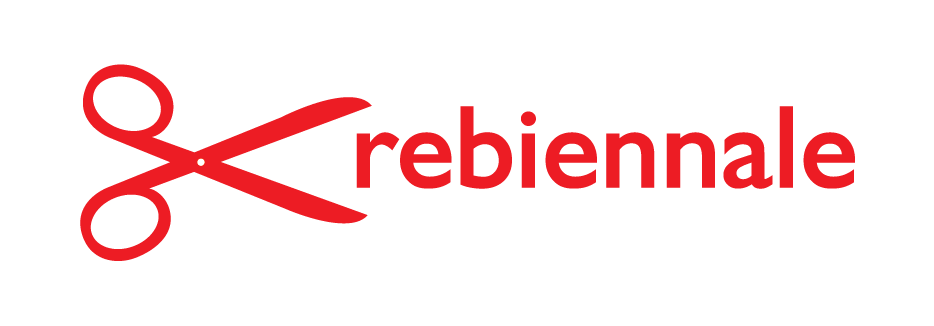Arte Útil roughly translates into English as ‘useful art’ but it goes further suggesting art as a tool or device. For the past ten years the artist Tania Bruguera has been teaching and researching Arte Útil through an academy in Havana; the Arte Útil lab at Queens Museum, residencies at Immigrant Movement International, New York and most recently the Museum of Arte Útil, in the Old Building of the Van Abbemuseum, Eindhoven.
Whether through self-organised groups, individual initiatives or the rise of user generated content people are developing new methods and social formations to deal with issues that were once the domain of the state. Arte Útil case studies show how these initiatives are not isolated incidents, but part of a global movement shaping our contemporary world.
The notion of what constitutes Arte Útil has been arrived at via a set of criteria that was formulated by Tania Bruguera and curators at the Queens Museum, New York, Van Abbemuseum, Eindhoven and Grizedale Arts, Coniston.
The criteria of Arte Util state that initiatives should:
1- Propose new uses for art within society
2- Challenge the field within which it operates (civic, legislative, pedagogical, scientific, economic, etc)
3- Be ‘timing specific’, responding to current urgencies
4- Be implemented and function in real situations
5- Replace authors with initiators and spectators with users
6- Have practical, beneficial outcomes for its users
7- Pursue sustainability whilst adapting to changing conditions
8- Re-establish aesthetics as a system of transformation
Continue the reading on the Museum website
Re-Biennale
Description:
The Biennale in Venice is definitely one of the major events that is spread throughout the city, but which rarely interacts with it and its inhabitants. For that reason, this project aims to reuse material from the biennale’s closed exhibitions to create a shared project of regeneration, restoration, and reopening of urban spaces, such as the area of Santa Maria. This is also an occasion to take care of the city as complex net of social, functional and spatial relations.
Goals:
To transform the city itself into a building site of ideas and facts. To give that sense that state institutions cannot give. To recycle the materials used for the art installation after the biennale events, in order to reuse them for new installations or furniture for Venetian art spaces, labs, not-for-profit institutions.
Beneficial Outcomes:
The stockpiled materials are recycled by being put to use when setting up exhibitions; the reopening and restoration of public gardens in the St. Marta area of the city; the rebuilding and renovation by the occupants themselves of a number of squats; breathing new life into the ‘laboratorio Morion’.
Share this Post

